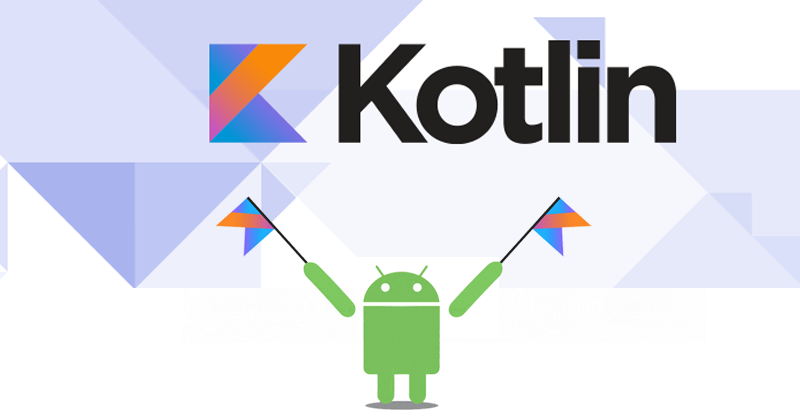Kotlin Getters and Setters
In this article, you will learn to use getters and setters in Kotlin with the help of an example.
Before you learn about getters and setter, be sure to check Kotlin class and objects.
In programming, getters are used for getting value of the property. Similarly, setters are used for setting value of the property.
In Kotlin, getters and setters are optional and are auto-generated if you do not create them in your program.
How getters and setters work?
The following code in Kotlin
class Person {
var name: String = "defaultValue"
}
is equivalent to
class Person {
var name: String = "defaultValue"
// getter
get() = field
// setter
set(value) {
field = value
}
}
When you instantiate object of the Person class and initialize the name property, it is passed to the setters parameter value and sets field to value.
val p = Person() p.name = "jack"
Now, when you access name property of the object, you will get field because of the code get() = field.
println("${p.name}")
Here’s an working example:
fun main(args: Array<String>) {
val p = Person()
p.name = "jack"
println("${p.name}")
}
class Person{
var name: String = "defaultValue"
get() = field
set(value) {
field = value
}
}When you run the program, the output will be:
jack
This is how getters and setters work by default. However, you can change value of the property (modify value) using getters and setters.
Example: Changing value of the property
fun main(args: Array<String>) {
val maria = Girl()
maria.actualAge = 15
maria.age = 15
println("Maria: actual age = ${maria.actualAge}")
println("Maria: pretended age = ${maria.age}")
val angela = Girl()
angela.actualAge = 35
angela.age = 35
println("Angela: actual age = ${angela.actualAge}")
println("Angela: pretended age = ${angela.age}")
}
class Girl{
var age: Int = 0
get() = field
set(value) {
field = if (value < 18)
18
else if (value >= 18 && value <= 30)
value
else
value-3
}
var actualAge: Int = 0
}When you run the program, the output will be:
Maria: actual age = 15 Maria: pretended age = 18 Angela: actual age = 35 Angela: pretended age = 32
Here, the actualAge property works as expected.
However, there is additional logic is setters to modify value of the age property.
Python Example for Beginners
Two Machine Learning Fields
There are two sides to machine learning:
- Practical Machine Learning:This is about querying databases, cleaning data, writing scripts to transform data and gluing algorithm and libraries together and writing custom code to squeeze reliable answers from data to satisfy difficult and ill defined questions. It’s the mess of reality.
- Theoretical Machine Learning: This is about math and abstraction and idealized scenarios and limits and beauty and informing what is possible. It is a whole lot neater and cleaner and removed from the mess of reality.
Data Science Resources: Data Science Recipes and Applied Machine Learning Recipes
Introduction to Applied Machine Learning & Data Science for Beginners, Business Analysts, Students, Researchers and Freelancers with Python & R Codes @ Western Australian Center for Applied Machine Learning & Data Science (WACAMLDS) !!!
Latest end-to-end Learn by Coding Recipes in Project-Based Learning:
Applied Statistics with R for Beginners and Business Professionals
Data Science and Machine Learning Projects in Python: Tabular Data Analytics
Data Science and Machine Learning Projects in R: Tabular Data Analytics
Python Machine Learning & Data Science Recipes: Learn by Coding
R Machine Learning & Data Science Recipes: Learn by Coding
Comparing Different Machine Learning Algorithms in Python for Classification (FREE)
Disclaimer: The information and code presented within this recipe/tutorial is only for educational and coaching purposes for beginners and developers. Anyone can practice and apply the recipe/tutorial presented here, but the reader is taking full responsibility for his/her actions. The author (content curator) of this recipe (code / program) has made every effort to ensure the accuracy of the information was correct at time of publication. The author (content curator) does not assume and hereby disclaims any liability to any party for any loss, damage, or disruption caused by errors or omissions, whether such errors or omissions result from accident, negligence, or any other cause. The information presented here could also be found in public knowledge domains.

